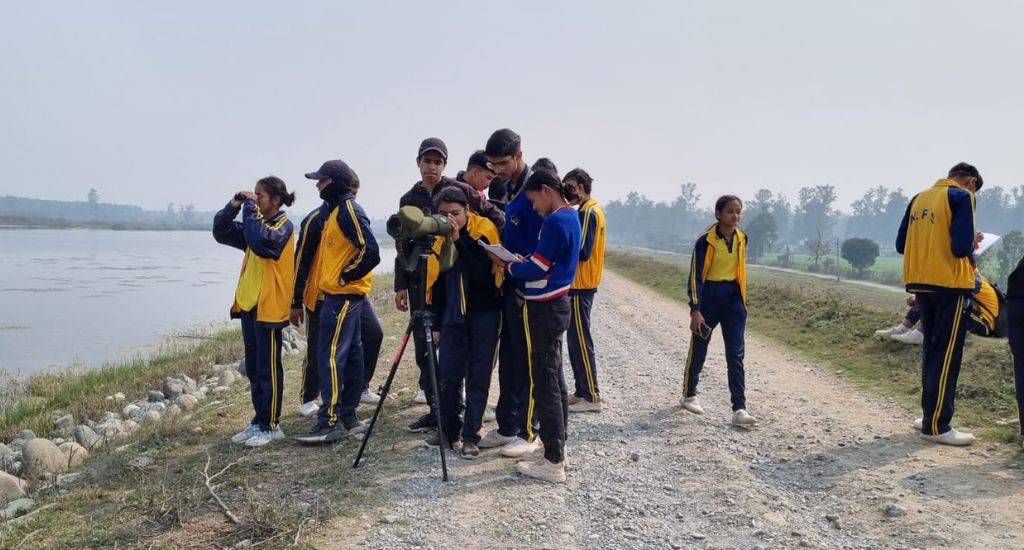
Yay! We spotted the rare greater scaup duck
While participating in the worldwide Great Backyard Bird Count, Uttarakhand school students spot the greater scaup duck, a rare winter visitor that had not been spotted in the region in several years.

While participating in the worldwide Great Backyard Bird Count, Uttarakhand school students spot the greater scaup duck, a rare winter visitor that had not been spotted in the region in several years.
It was a cool morning with a gentle breeze, ideal for a day’s outing. With a lot of chattering that showed the students’ excitement, they got into the bus. Though there was a huge traffic jam, no one seemed to mind. What are games and songs for, but to entertain and to make the two-hour journey to the birding spot fly quickly?
At Nanakmatta Public School, we were all excited. We were not only going to watch birds but were also going to be a part of an international citizen science initiative.
The Great Backyard Bird Count is a global birding event in mid-February when birdwatchers from across the world look for birds and share their observations. Amateur and professional birders also compare regions based on bird richness.
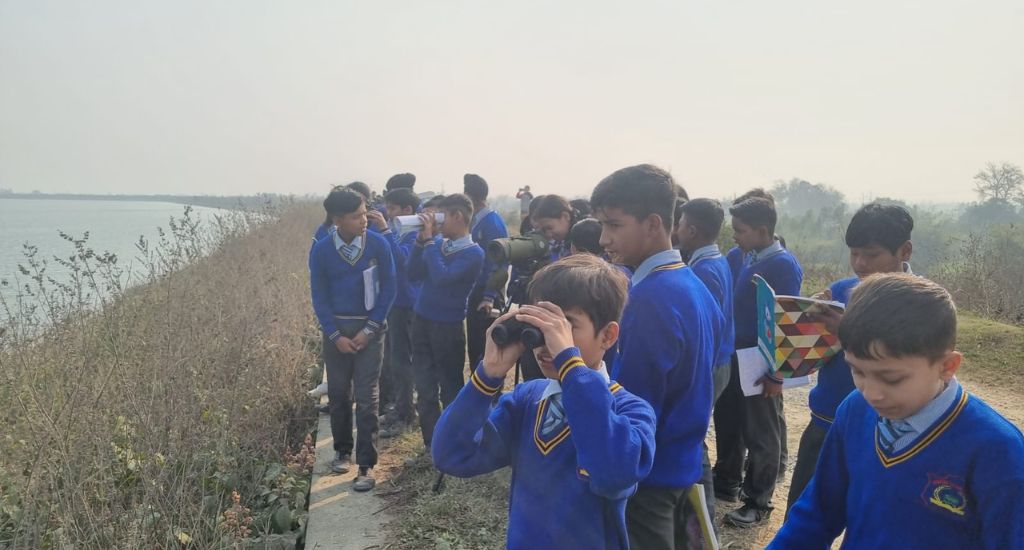
The event is supported by the Cornell Lab of Ornithology, the National Audubon Society, USA and Bird Count India. This year, the bird count event was held from February 16 to February 19.
For the first two days, India led the bird counts globally, both in terms of bird species seen and the number of birdwatchers engaged. Uttarakhand ranked second, after West Bengal, in terms of birds and birders during the 2024 count.
Our Nanakmatta team added a feather to its cap when we spotted a rare bird.
Nanakmatta Public School (NPS) takes the name of Nanakmatta town in Udham Singh Nagar district where it functions.
For the last five years, students of Nanakmatta Public School have participated in many citizen science programmes such as the City Nature Challenge and Home River Bioblitz.
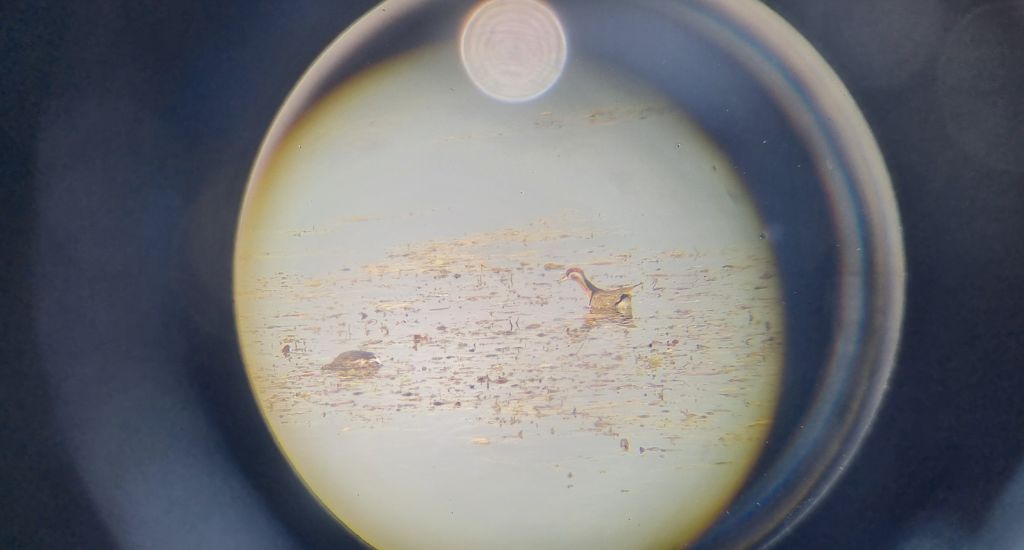
Last year, the students started an eco-club to sensitise students and the public and document the biodiversity around them. Several students have their own eBird accounts, the citizen science portal that allows birders to share their observations with the world.
The eco-club members started participating in the Great Backyard Bird Count last year.
This year, Soumya Prasad and Riddhima Karwa from Nature Science Initiative (NSI) – a Dehradun-based organisation that facilitates research and conservation – helped the students with the bird count event. For nearly two years they have been getting students to observe birds, plants, butterflies and nature around them.
To participate in the bird count, NSI took around 50 eco-club members to Haripura Gularbhoj Dam. The students were familiar with the place, having visited it a few months previously to observe the Finn’s baya bird. But this time, the walk was about identifying and listing migratory birds too.
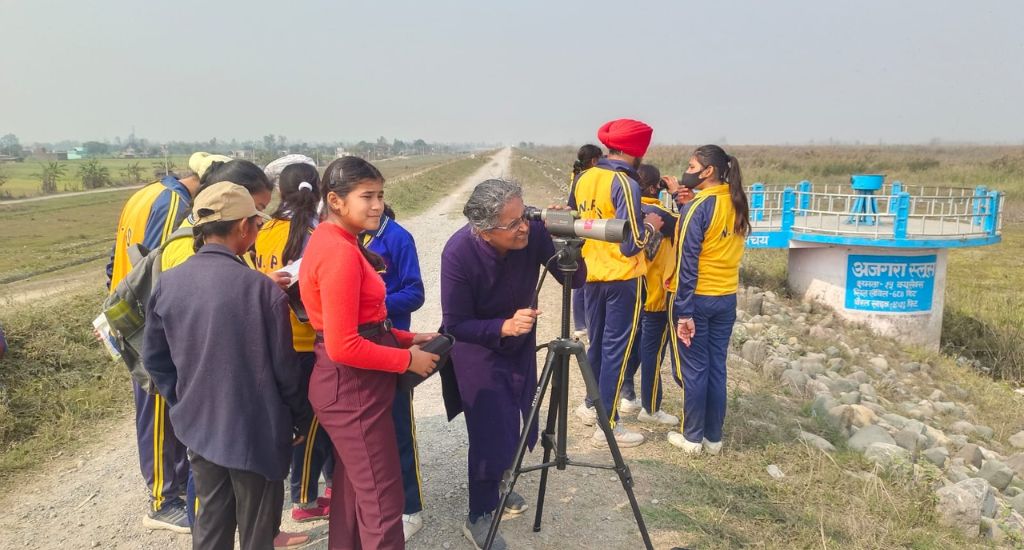
No one seemed to mind the three-kilometer trek as there was joy in identifying and watching the birds through binoculars and monoculars. Some of the birds that the students saw were little cormorant, tufted duck, Eurasian coot, bronze-winged jacana, Asian openbill stork, medium egret, red-naped ibis, common kingfisher, cotton pygmy goose, northern pintail and red-crested pochard.
“They were so beautiful and their colours were enchanting. I wish I had a high-configuration camera to capture their beauty and share it with others,” said one of the students.
Young Divyansh of Class IX set up the tripod and the spotting scope so that his friends could see the birds. While they took turns to watch the purple moorhens, rails and waders, they spotted a slightly larger duck with a white-grey back that looked different from the other birds that the NSI facilitators had briefed them about.
The students got very excited when the NSI facilitators indicated that the large duck could be a rare visitor. Much to the delight of the students, the NSI facilitators Prasad and Karwa identified it as the greater scaup duck, a very rare winter visitor to the North Indian wetlands.
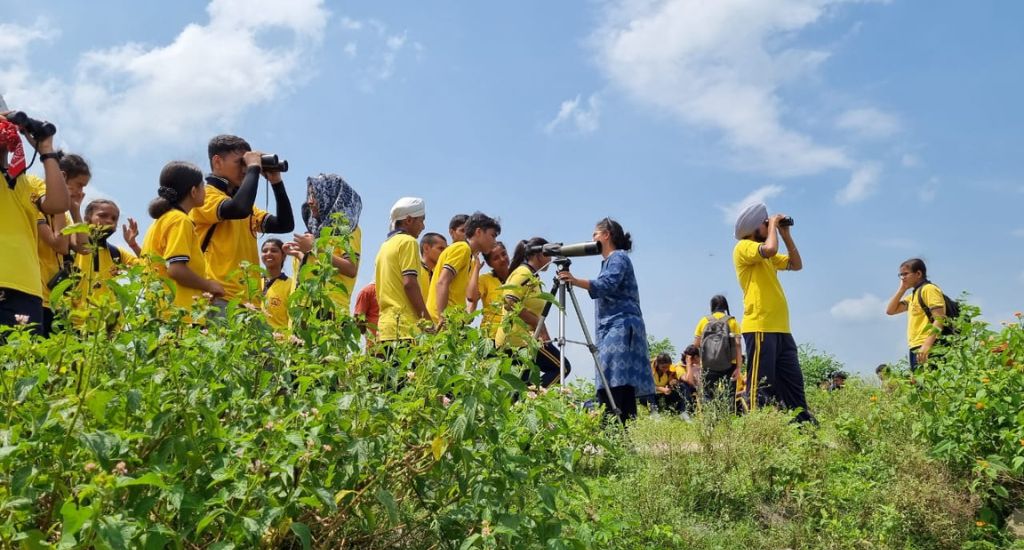
What made it even more exciting was that there had been no reports of the greater scaup duck in Uttarakhand for several years. But in Feb 2024 it was sighted thrice in Uttarakhand. And one of the sightings was by the Nanakmatta Public School students.
The greater scaup duck, which is found across Eurasia and America, is a very rare winter visitor to the Indian subcontinent. Over 50 students observed the bird for several hours, noting its features and comparing it with the other ducks at the Haripura wetland.
After the trip, the students learnt the importance of sustainable and mindful development.
“As we observe bird habitats, we realise that birds migrate or come to dams because the climate is favourable for them. Sufficient food is available,” Prasad told the students. “There is comparatively less development near the dam. They don’t face many problems there, but as development increases, there could be a threat,” she added.
As her words sank in, it was evident in the students’ faces that they had become sensitive towards nature and conservation.
The students who spotted the greater scaup duck had won India’s most prestigious environmental education prize, the Wipro Earthian Award, for the year 2023.
Participating in events such as the City Nature Challenge to document biodiversity in the Terai region, and in the Great Backyard Bird Count to enumerate birds helped the students of Nanakmatta Public School to develop into responsible, nature-conscious citizens.
The lead image shows the students of Nanakmatta Public School preparing to see various species of birds at the Haripura Gularbhoj Dam (photo courtesy Kamlesh Atwal)
Kamlesh Atwal is the co-founder and academic coordinator of Nanakmatta Public School. Prakash Chand is a class XII Humanities student at the school.